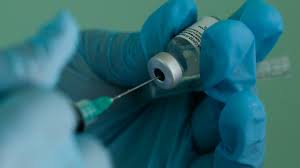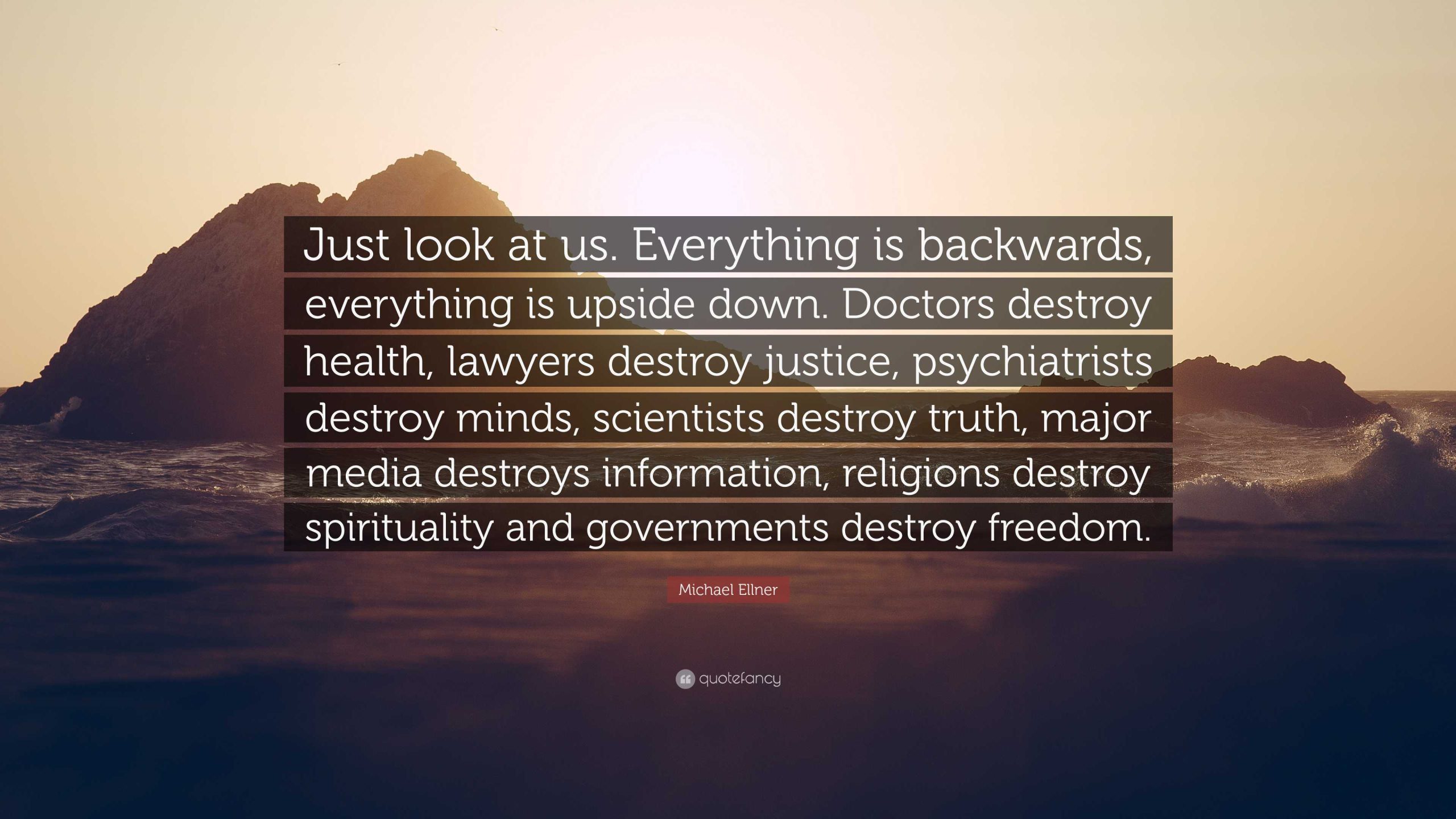In the case of vigorous exercise, your mitochondria are not really impaired, but merely maxed out, as they have reached their threshold to produce ATP when oxygen is present. They simply are unable to supply your body’s demand for energy. It is like driving a car with the gas pedal pushed to the floor and it simply is unable to go any faster, so the backup pathway must be activated.
The backup system is glycolysis, which creates energy very quickly but is highly inefficient and wastes loads of resources, does not produce CO2, and creates reductive stress by generating lactate. In this this situation, this is not a problem, as it is a backup and you’re not going to be sprinting for very long and can easily recover from this relatively short-term abuse, which has many hermetic health benefits.
The state of mitochondrial physiology that Warburg accurately identified occurs when your body has enough oxygen and the mitochondria are not maxed out, yet still uses the backup glycolysis pathway. This, my friends, is also called cancer metabolism.
It gives the false impression that cancer is using glucose to supply its metabolic needs for energy, but it is merely an optical illusion. Even brilliant research scientists like Dr. Tom Seyfried, a leading expert on the theory of cancer as a metabolic disease, are confused about this. I would love to interview Tom about this, but he and most are so conformationally biased, they refuse to reconsider their position on this point.










